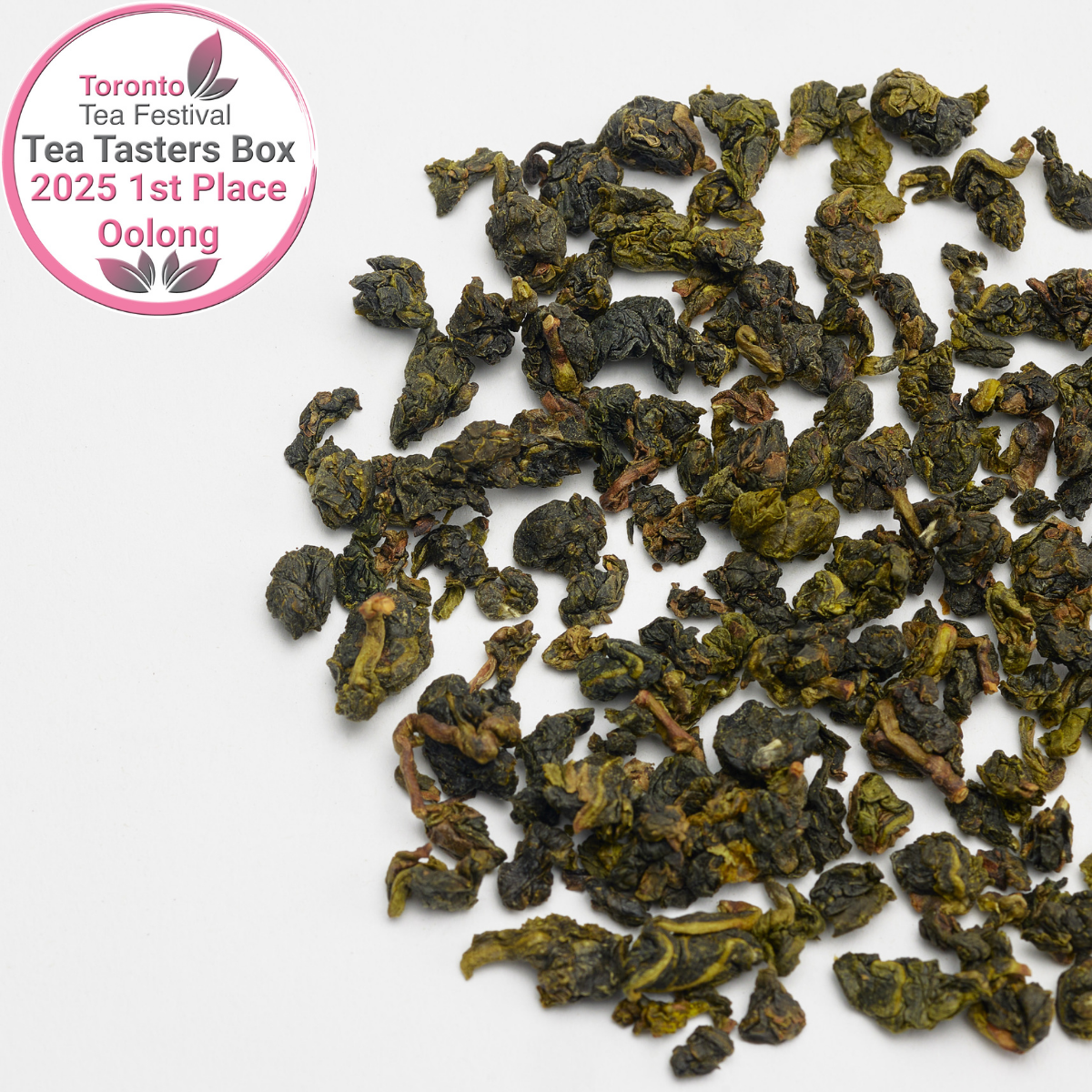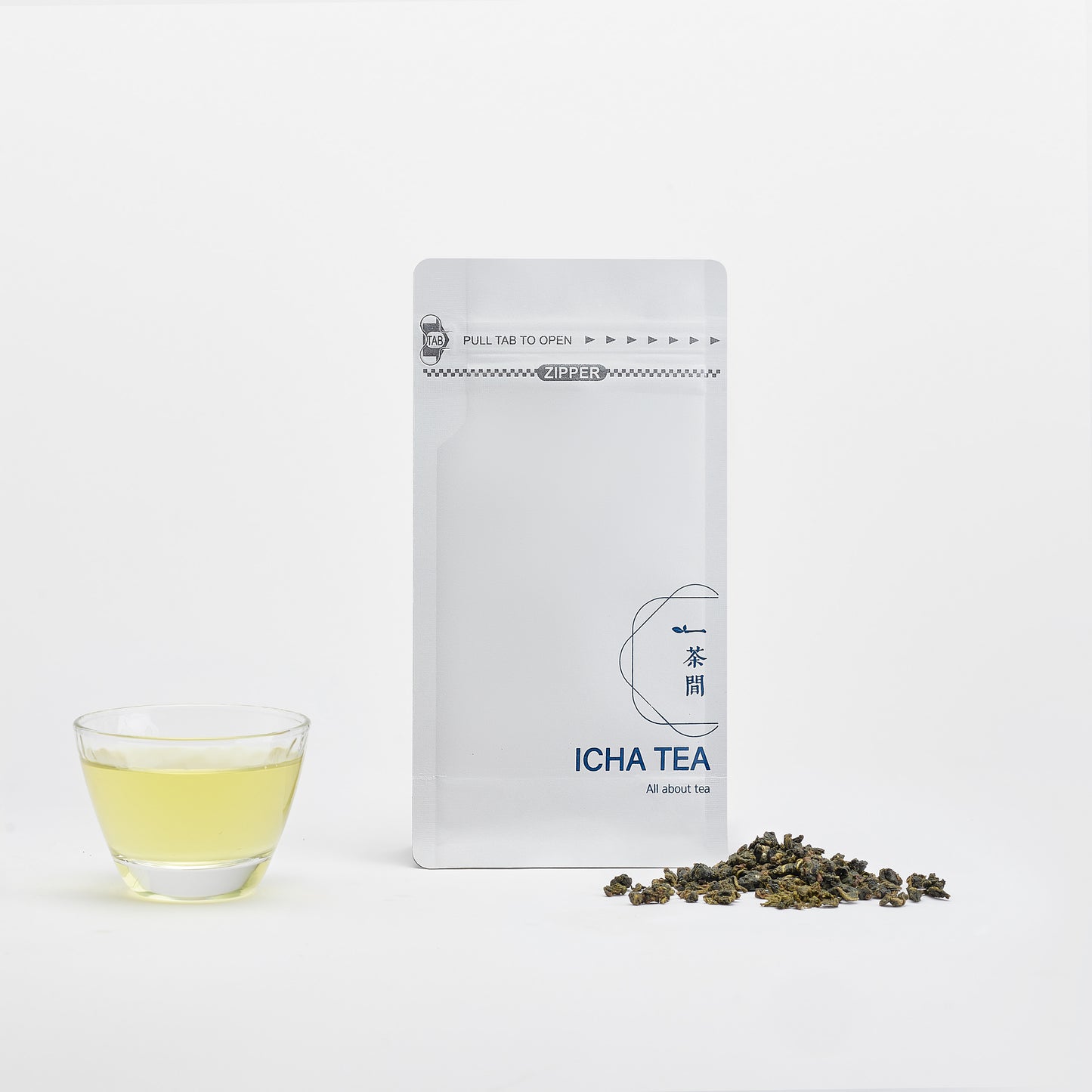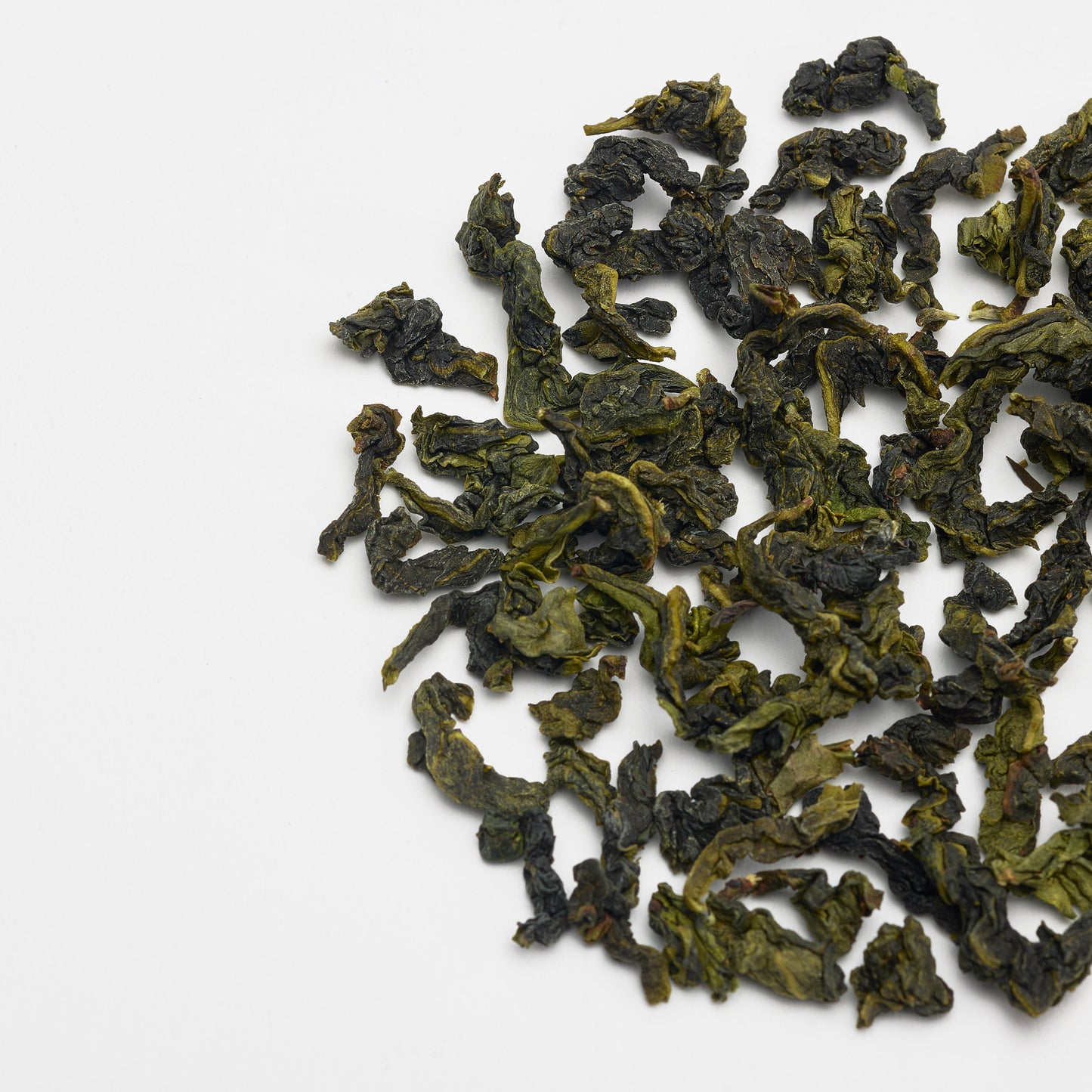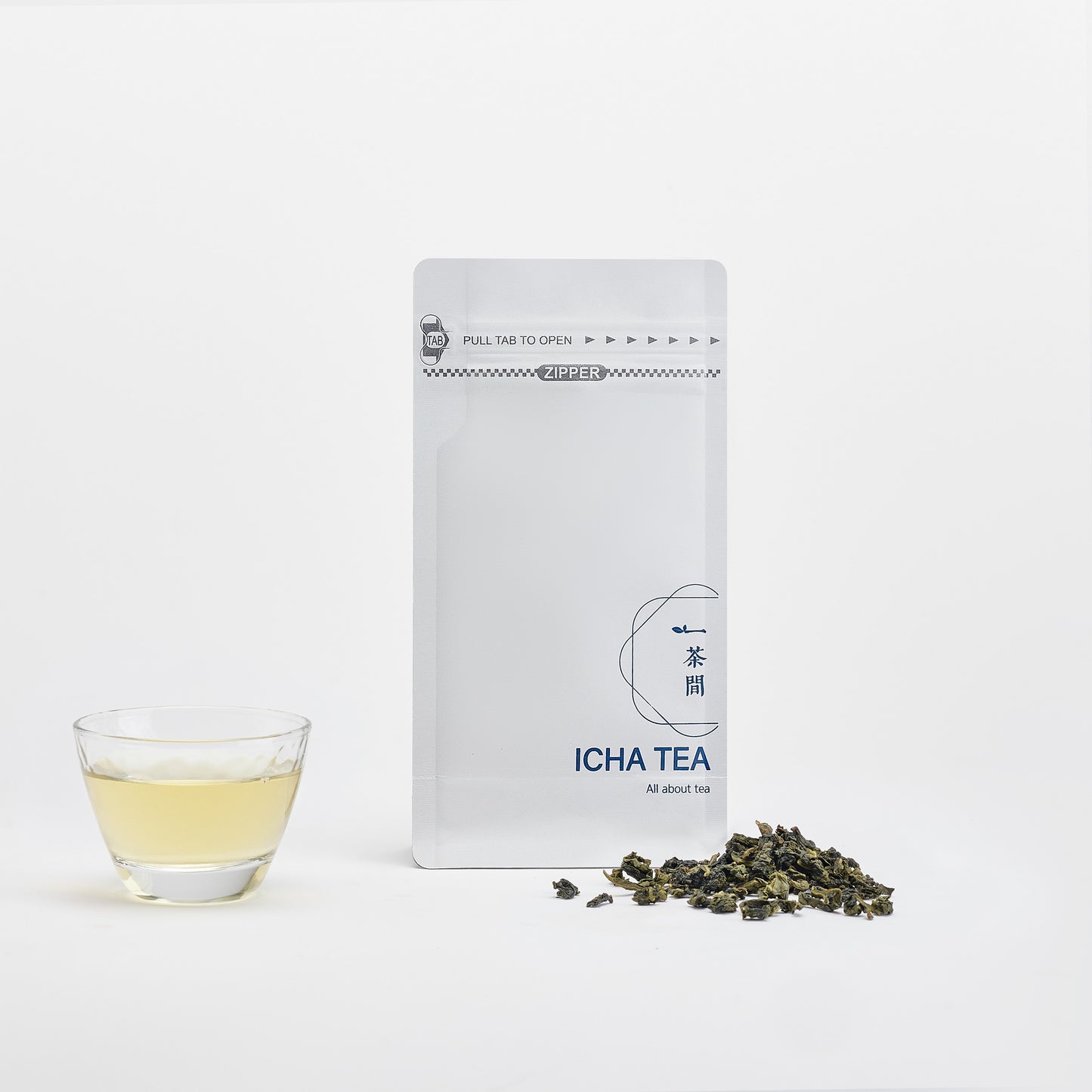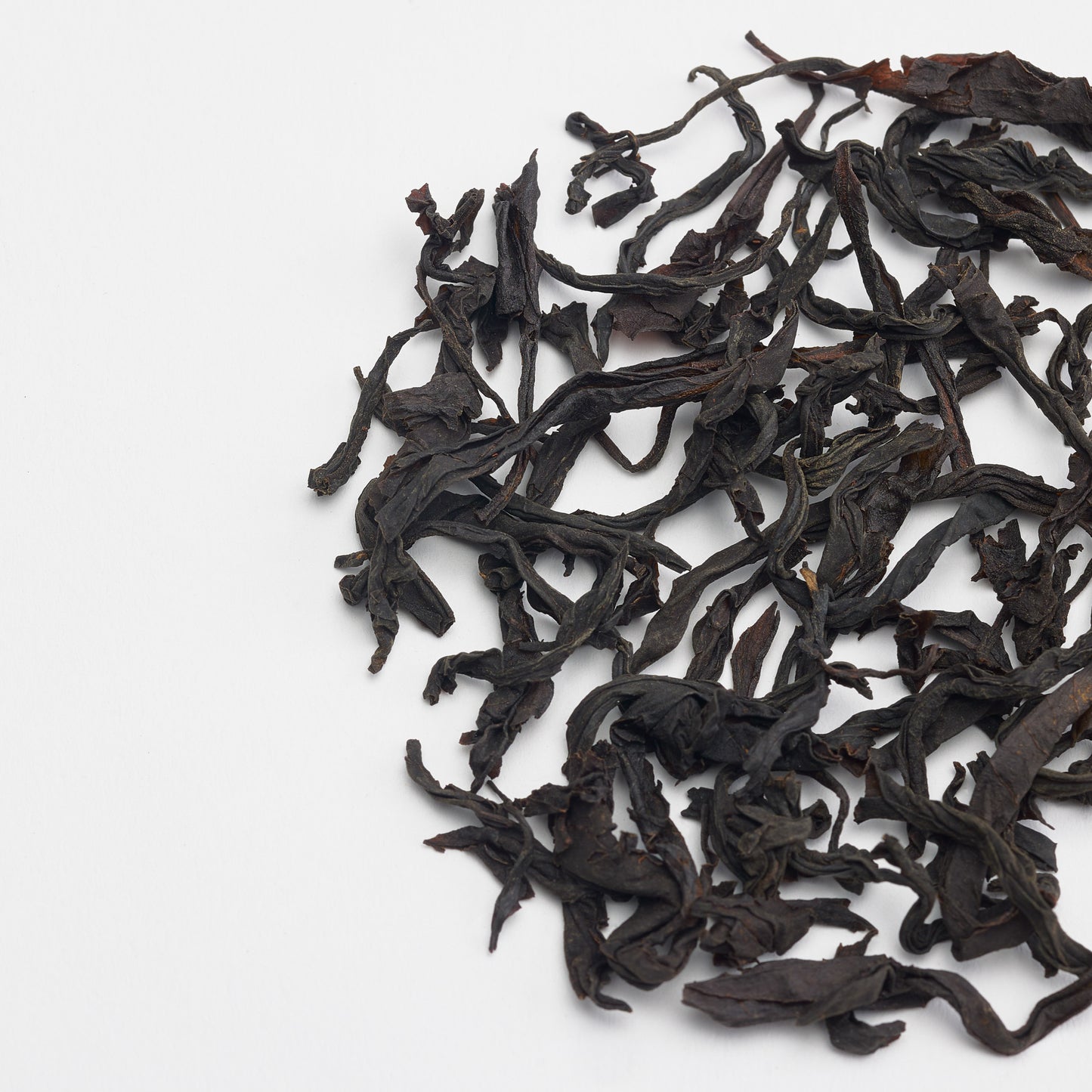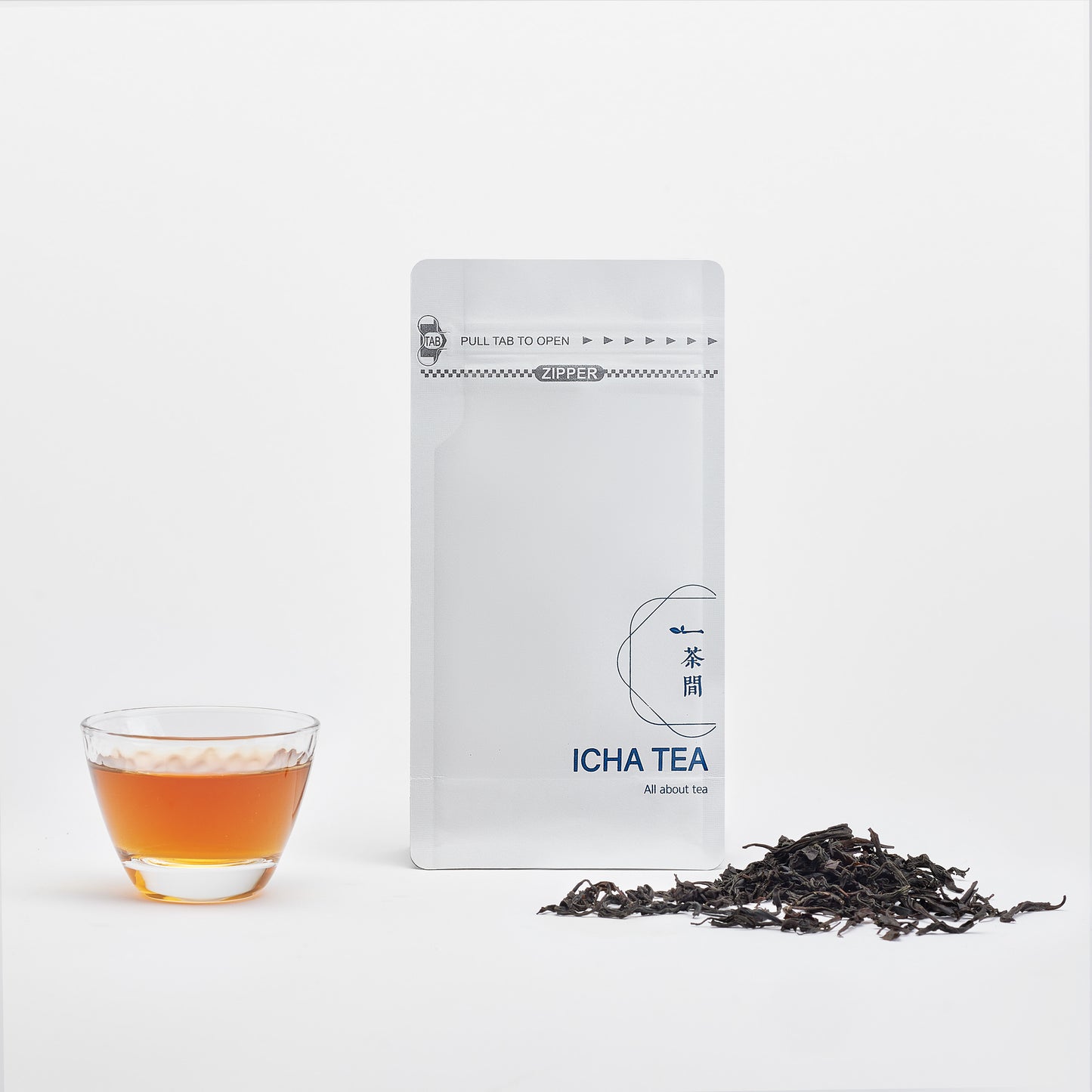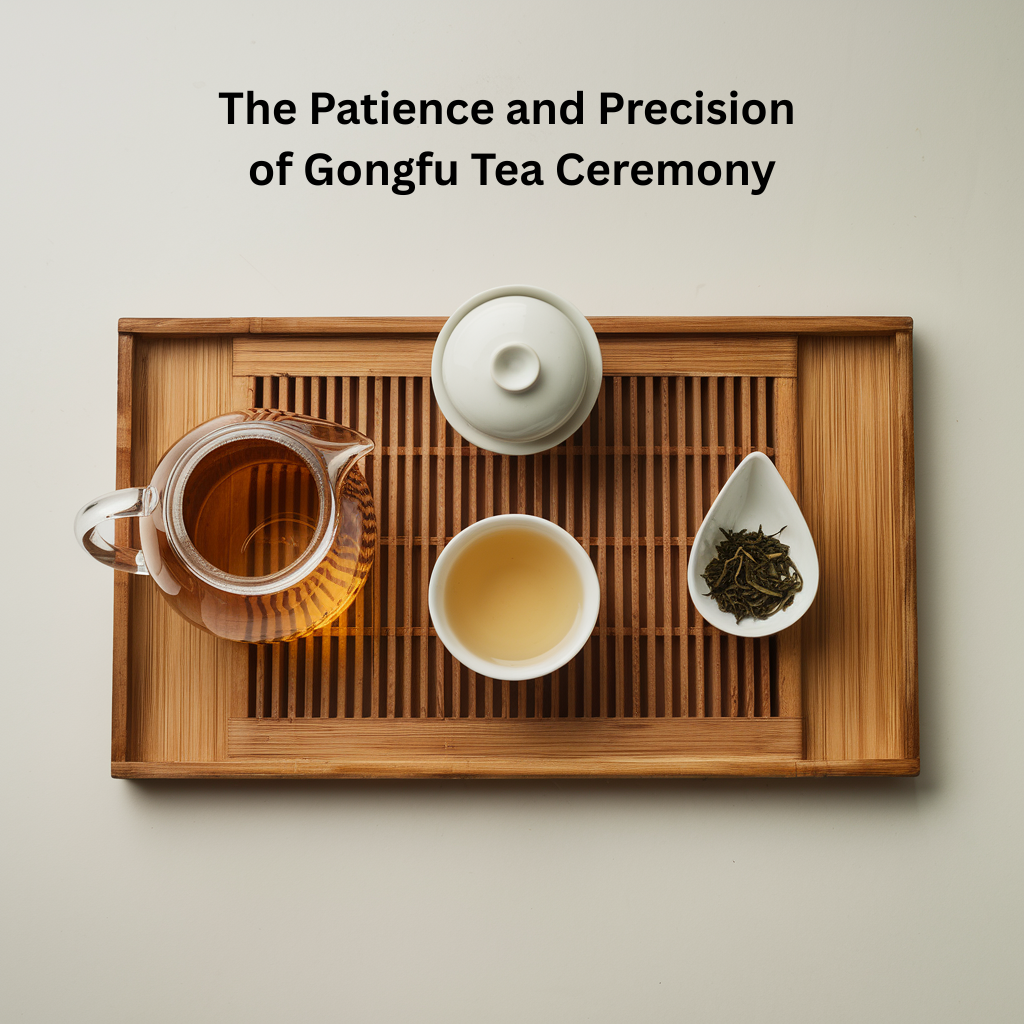
The Ancient Tradition That Transforms Tea Into an Experience
In a world that constantly pushes us toward convenience and speed, the traditional Chinese practice of Gongfu Cha (功夫茶) offers a refreshing reset. This method of tea preparation celebrates mindfulness, precision, and the unfolding journey of flavour. Far more than just a way to steep tea leaves, Gongfu Cha (also called Gongfu tea ceremony) is a practice that transforms tea drinking from a casual habit into a meditative ritual.
At ICHA TEA, we believe that understanding this ancient approach to tea preparation opens up new dimensions of appreciation for fine loose-leaf teas and Asian tea culture. This guide will introduce you to the essentials of Gongfu style brewing. We will share the philosophy behind it and practical steps for your first session.
What Is Gongfu Cha?
The Philosophy and Purpose
Gongfu Cha translates roughly to "tea with skill" or "tea with effort," highlighting that this is not a casual approach to brewing. The practice originated in the Song Dynasty (960-1279) and was refined in the Fujian and Guangdong provinces of China.
The core principles of Gongfu brewing include:
-
Intentionality: Every movement and decision is deliberate, from the selection of tea to the way water is poured. This mindful approach transforms tea preparation from a routine task into a meaningful practice that honours the tea and the presence of the moment. The suggestion here is that your state of mind influences the outcome of your brewing.
-
Concentration: Full attention is given to the brewing process, creating a form of active meditation. This focused presence allows you to notice subtle details such as how the leaves unfold, the changing colour of the infusion and the evolving aroma. These details are often missed in a more casual approach. This heightened awareness is at the heart of the Gongfu experience.
-
Respect: For the tea, the water, the tools, and the moment. Gongfu Cha embodies respect for the agricultural heritage, craftsmanship, and cultural traditions behind each tea. This respect manifests in careful handling of tea leaves, appreciation of teaware, and gratitude for the experience. The ceremony itself is a way of honoring the natural world that produces tea.
-
Patience: Allowing each infusion to reveal the tea's character without rushing the process. Gongfu brewing recognizes that great tea, like any relationship, unfolds over time. The multiple short infusions create a narrative arc. Beginning from the bright, initial impressions to the deeper, more subtle notes that emerge in later steepings. This can only be experienced through patient attention.
Unlike Western brewing methods that extract as much flavor as possible in a single steep, Gongfu preparation uses a high leaf-to-water ratio with multiple short infusions. This approach reveals how the tea's flavor profile evolves across steepings—a tasting journey that can span 5-15 infusions depending on the tea.
When and Why to Choose Gongfu Style
Gongfu brewing is particularly suited for:
- Appreciating premium quality loose teas
- Exploring the depth and complexity of a tea's character
- Creating a mindful ritual, either solo or shared with others
- Understanding the nuanced differences between tea varieties
Essential Equipment for Gongfu Brewing
While traditional Gongfu setups can be elaborate, you can begin with these fundamental pieces:
The Core Tools
- Gaiwan or Yixing Teapot: The brewing vessel is the heart of your setup. A gaiwan (lidded bowl) is versatile and excellent for beginners, while Yixing clay teapots are prized for their ability to enhance certain tea types.
- Fairness Pitcher (Gong Dao Bei): This vessel receives the brewed tea from your gaiwan or teapot, ensuring each cup receives tea of the same strength.
- Tasting Cups: Small cups allow you to appreciate the concentrated flavors and aromas of Gongfu brewing.
-
Tea Tray or Cloth: To collect spilled water during the process.
Additional Equipment
As you deepen your practice, consider adding:
- Tea Pets: Small clay figures that are "fed" with the first rinse of tea
- Tea Needle: For clearing teapot spouts
- Tea Scoop: For precisely measuring tea leaves
-
Aroma Cups: Tall, narrow cups used specifically for appreciating tea fragrance
The Gongfu Process - Step by Step
Preparation
-
Select Your Tea: Choose a high-quality loose leaf tea. Oolongs like Iron Buddha (Tieguanyin) and Big Red Robe (Da Hong Pao) are traditional favorites for Gongfu brewing, while aged teas like our 2014 Pu-erh Tea Cake (Raw/Sheng) reveal incredible complexity through multiple infusions.
-
Prepare Your Water: Quality water heated to the appropriate temperature is crucial. For most oolongs and black teas, use water just off the boil (95-100°C/203-212°F). For delicate white teas and green teas like Silver Needle White Tea or Long Jing Green Tea, use significantly cooler water (75-85°C/167-185°F). The issue is that boiling water can burn away the delicate flavours and the result is not a good expression of the character.
- Warm Your Vessels: Pour hot water over all your teaware to warm it. This step prevents temperature shock to the tea leaves and maintains brewing consistency.
The Brewing Ritual
-
Add Tea Leaves: For a standard 100-120ml gaiwan, use approximately 5-8 grams of tea (about 1/4 to 1/3 of the vessel).
-
The Awakening Rinse: Pour hot water over the leaves and immediately discard this first rinse. This brief "wash" removes any dust and begins to awaken the leaves.
-
First True Infusion: Pour water in a circular motion over the leaves, covering them completely. For most teas, your first infusion might be 10-20 seconds.
-
Decant Fully: Pour the brewed tea into your fairness pitcher, ensuring the last drop is extracted to prevent over-steeping.
-
Serve and Appreciate: Pour from the fairness pitcher into small cups. Always serve your guest first. Take time to appreciate the aroma before sipping. Having a separate aroma cup is perfect for this.
-
Subsequent Infusions: Increase steeping time slightly with each infusion (adding 5-10 seconds) as the leaves gradually release their flavor. Notice how the character of the tea evolves.
Tea Selection - What Works Best for Gongfu Style
While any quality loose-leaf tea can be prepared Gongfu style, oolong, pu-erh, and high-quality black teas are the standout choices. These varieties thrive with high leaf-to-water ratios and reveal complex layers across multiple infusions. Their robust nature allows them to develop rich flavours without excessive bitterness, while their historical connection to Gongfu brewing ensures harmonious results. Green and white teas, though delightful in other preparations, typically release their subtleties in fewer steepings and may become bitter with this concentrated approach.
Oolong Teas
Oolongs are the traditional choice for Gongfu preparation. Their complex flavors unfold beautifully across multiple infusions.
-
Iron Buddha 铁观音 (Tieguanyin): A classic choice with floral notes that evolve dramatically through successive steepings.
-
Milk Oolong 奶香乌龙: Renowned for its naturally creamy texture and sweet, buttery flavor that transforms beautifully across multiple infusions.
-
Da Hong Pao 大红袍 (Big Red Robe): This famous Wuyi rock oolong offers rich mineral notes, dark fruit flavors, and a distinctive roasted character that deepens with each infusion.
Pu-erh Teas
Both raw (sheng) and ripe (shou) pu-erh teas are excellent candidates for Gongfu brewing, with flavours that can transform remarkably across steepings.
-
2014 Pu-erh Tea Cake 勐海邦南普洱生茶饼 (Raw/Sheng): This aged raw pu-erh reveals layers of complexity that only Gongfu brewing can fully unveil.
-
Ripened Shu Pu-erh Tea (熟普洱): With its deep, earthy character and smooth, woody sweetness, this fermented tea develops remarkable depth and richness through multiple infusions in Gongfu preparation.
Black Teas
High-quality black teas, especially those with golden tips, offer wonderful depth when brewed Gongfu style.
-
Mei Zhan Jin Jun Mei (Golden Eyebrows 梅占金骏眉): This exquisite black tea offers a smooth, refined taste with honey-sweet, fruity and flowery notes that culminate in a long-lasting sweet aftertaste.
- Yunnan Dian Hong (云南滇红): This exceptional black tea from Yunnan province features golden tips and delivers a strong, robust flavor with some astringency and a distinctive long floral sweet aftertaste that evolves beautifully through Gongfu brewing.

Common Challenges and Solutions
Managing Steep Times
Challenge: Keeping track of brief steeping times can be difficult.
Solution: Use a timer or count breaths as a natural measure of time. With practice, you'll develop an intuitive sense of timing.
Handling Hot Vessels
Challenge: Gaiwans can become very hot to handle.
Solution: Hold the gaiwan correctly, which is fingers on the rim and saucer, not the bowl itself. Practice with cooler water until you're comfortable especially if you are sensitive to heat.
Leaf Quantity
Challenge: Finding the right leaf-to-water ratio.
Solution: Start with filling about 1/3 of your gaiwan with dry leaves. Adjust based on your preference for strength after your first few sessions.
The Ritual Beyond Brewing
Gongfu Cha extends beyond the technical aspects of brewing—it's about creating a moment of tranquility and appreciation:
-
Create Space: Physically and mentally set aside time dedicated to the practice. This might mean designating a specific area in your home or simply clearing your table of distractions to create a boundary between everyday life and your tea moment.
-
Engage All Senses: Notice the sounds of water, the colours of the leaves, the changing aromas. Watch how the leaves dance and unfurl in the water, feel the warmth of the cup against your fingers. Allow yourself to fully experience the complex flavours that evolve with each infusion.
-
Share the Experience: Gongfu Cha traditionally brings people together in shared appreciation. When brewing for others, you create an opportunity for connection and conversation that unfolds naturally at the pace of the tea, allowing for pauses and reflection that rarely occur in our usual social interactions.
Balancing Structure & Personal Expression
The beauty of Gongfu Cha lies in its balance of structure and personal expression. While there are traditional guidelines, your practice will evolve to reflect your preferences and style. It will become alive through repetition and your personality will shape the subtle aspects of the ceremony. Begin with these fundamentals, then allow your experience to guide the development of your personal tea ceremony style.
At ICHA TEA, we believe this ancient practice offers something precious in our modern world. We offer workshops with our tea master Sinan Shao, who invites you to slow down, pay attention, and discover the extraordinary depth waiting in each leaf and each moment. Your Gongfu journey awaits with patience and tranquility!
Further Recommended Readings
- The Heritage of Gongfu Cha - Tea Preparation as an Art Form
- Side Effects from Drinking Tea - What You Need to Know
- Da Hong Pao Tea - "Big Red Robe" Oolong From Wuyi Mountains

